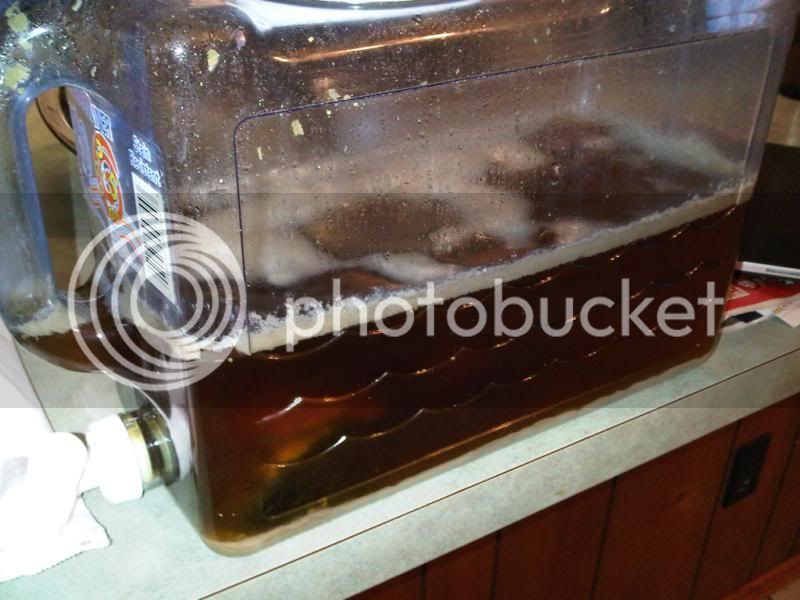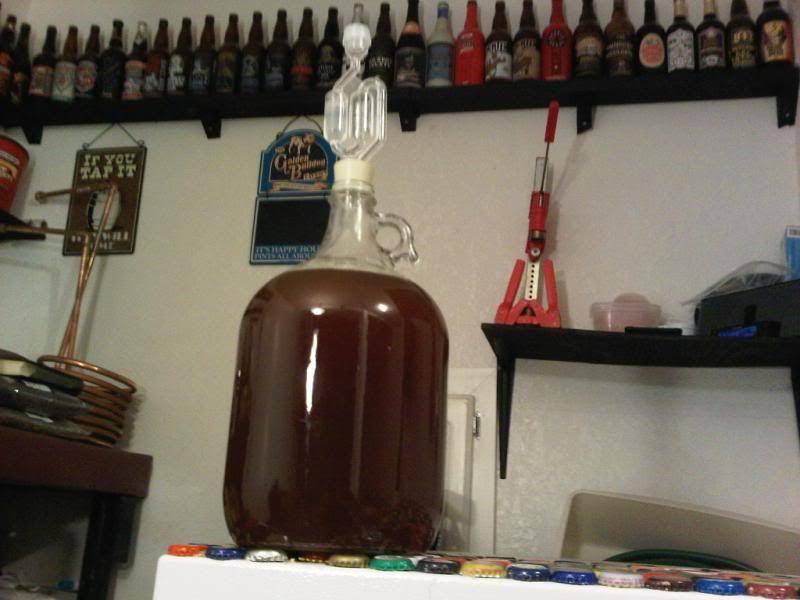sentfromspain
Well-Known Member
So I'm looking to get some more professional supplies, and I've been eyeballing these "cubitainers" and "Bags in a box"
The cubitainers would be a benefit, because I could:
-brew a batch
-leave it in the primary fermenting container for 10/14 days
-siphon out the brew into the second fermentation containers and leave the primary fermenting container free for the next batch that I would brew the day after.
And a further benefit would be that since they are made of a semi-rigid plastic, I could do half batches for recipe experiments (this way I save on supplies) and push out the air (to an extent).
My questions are:
-Has anyone tried out cubitainers?
-Would the cubitainers or bags in a box need air locks?
-As I generally leave my brews in the primary containers until bottling, I don't know how important it is to make sure that a secondary fermenting container doesn't have any air in it. Would I have to push out ALL of the air from the container?
The cubitainers would be a benefit, because I could:
-brew a batch
-leave it in the primary fermenting container for 10/14 days
-siphon out the brew into the second fermentation containers and leave the primary fermenting container free for the next batch that I would brew the day after.
And a further benefit would be that since they are made of a semi-rigid plastic, I could do half batches for recipe experiments (this way I save on supplies) and push out the air (to an extent).
My questions are:
-Has anyone tried out cubitainers?
-Would the cubitainers or bags in a box need air locks?
-As I generally leave my brews in the primary containers until bottling, I don't know how important it is to make sure that a secondary fermenting container doesn't have any air in it. Would I have to push out ALL of the air from the container?









![Craft A Brew - Safale S-04 Dry Yeast - Fermentis - English Ale Dry Yeast - For English and American Ales and Hard Apple Ciders - Ingredients for Home Brewing - Beer Making Supplies - [1 Pack]](https://m.media-amazon.com/images/I/41fVGNh6JfL._SL500_.jpg)

















































